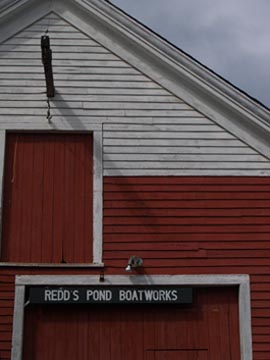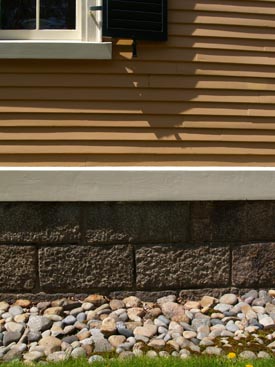 I’m captivated by a beautiful barn. It’s the rhythm of the windows and doors, along with the rich red-and-white color palette, that caught my eye on this one in Essex, Mass. at Cogswell’s Grant.
I’m captivated by a beautiful barn. It’s the rhythm of the windows and doors, along with the rich red-and-white color palette, that caught my eye on this one in Essex, Mass. at Cogswell’s Grant.
The small white windows march along a little higgledy-piggledy. They’re mounted in the stables at horse-scale, meaning the horses have a great view, but my nose would only barely clear the sill. The doors in between are sized for people, of course. So both those tending the stables and their charges are represented in the architecture. This supports the theory that the best elevations express something about those within.
The little wooden visors with brackets over the windows and doors provide shade and shadow, as well as visual interest. Part of their appeal it the hint of formality that they suggest, something we don’t generally expect from an outbuilding. Such contrast is often vital to an engaging design. The large expanse of red clapboards beautifully offsets the line of dancing windows and doors, trimmed in white. The resulting elevation makes for a happy building. How lucky those horses are.
by Katie Hutchison for the House Enthusiast





